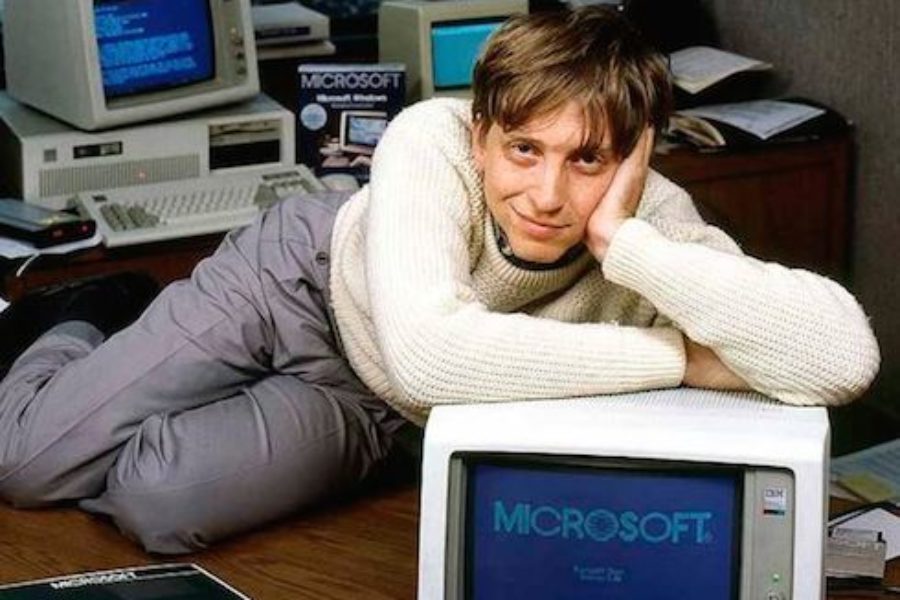Everyone knows Bill Gates as the founder of Microsoft, of which he stepped down as CEO in 2000, and left his daily job in 2008. In 2000, together with his wife Melinda, he founded the Bill & Melinda Gates Foundation in which they seek to reduce inequality in the world. Last month, Netflix released a documentary about Bill and what he does nowadays, whilst tapping into childhood and adolescent memories and life events of the biggest entrepreneur of the 90s.
During the three 60-minute episodes of Inside Bill’s Brain: Decoding Bill Gates the viewer gets presented one of the goals of the foundation: reinventing the toilet, eradicating polio and making nuclear power safe. The intelligence Bill Gates combined with the complexity of world problems is what made this documentary really worthwhile I find. Besides simply covering these topics, director Davis Guggenheim (known from the An Inconvenient Truth) also made room for one on one interviews to find out more about him on an emotional level: with romanticized topics such as his childhood and how he and Melinda met, but also on the darker sides of his life such as the depositions against Microsoft in 1998 and his toxic relationship with Paul Allen. As someone who only knows him from the empire he built with Microsoft, it was interesting to hear how such an intelligent and extraordinary man can be so simple at the same time.
Besides these fascinating insights in the psyche of Bill Gates, the documentary also contains some obvious flaws in my opinion. Overall, Bill and the foundation are glorified throughout the whole series, as one could expect from such a typical American-made documentary. When things tend to get interesting as the difficult times of Bill’s life are touched upon, little criticism and reflection is given. We get a glimpse from what it must be like to be or live with such a man, and how he seeks to reinvent the status quo in ways others wouldn’t think of, but still remains this introverted, mysterious pencil-chewing geek as we know him: “I don’t need to be an inspiration to others, I’m driven by the urge to optimize”.
Sources:
https://www.gatesnotes.com/Bio
https://www.youtube.com/watch?v=aCv29JKmHNY


